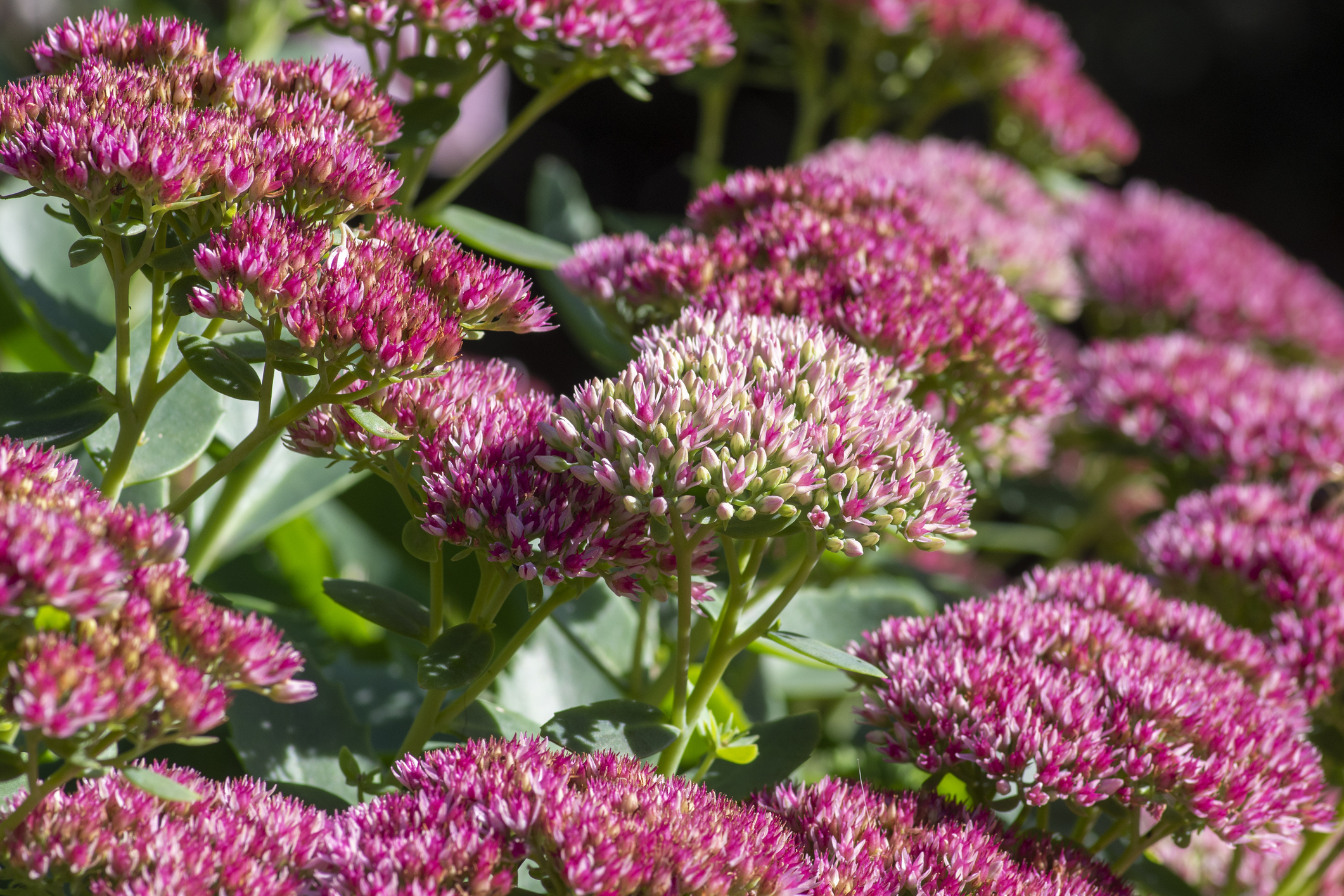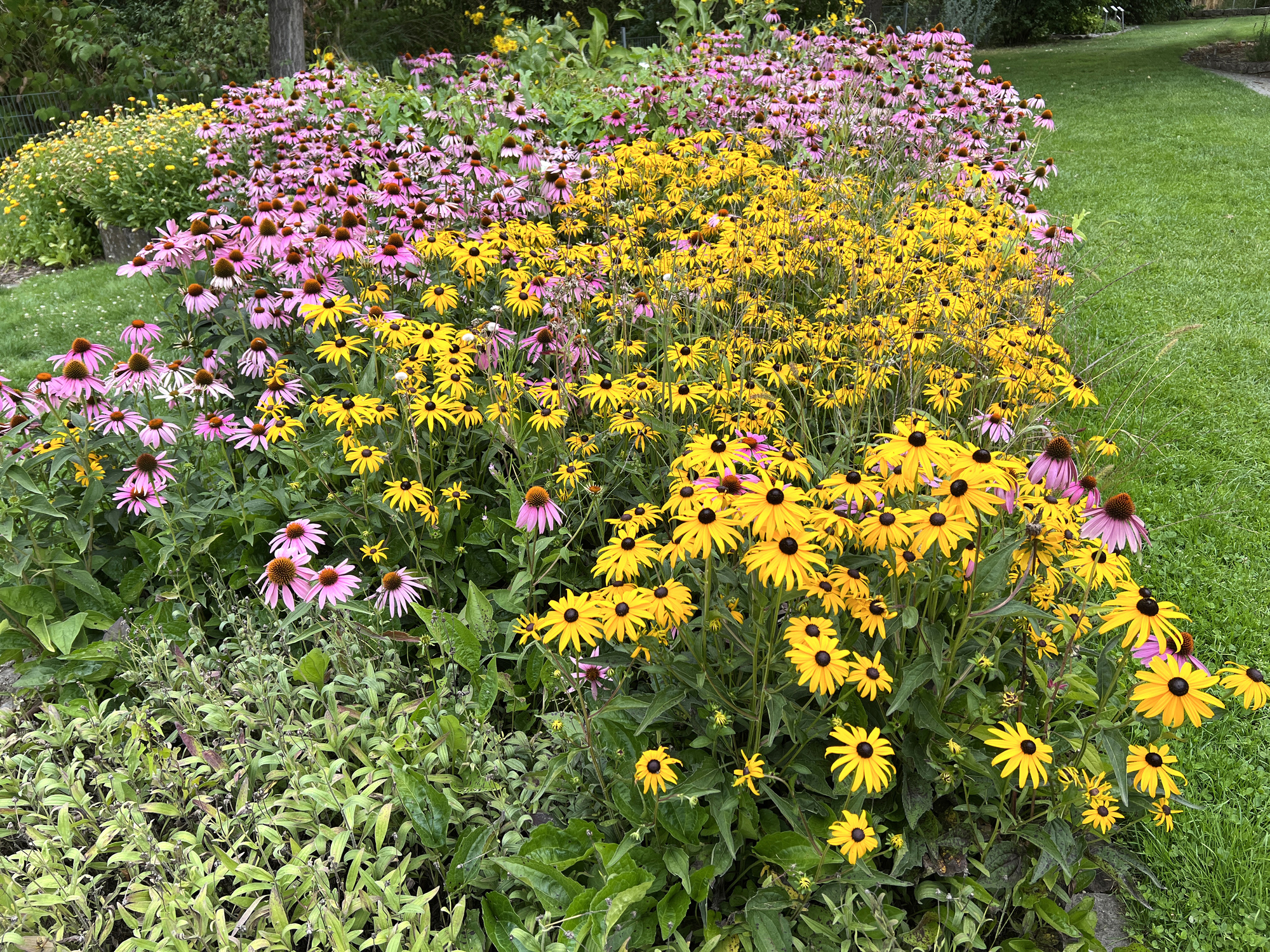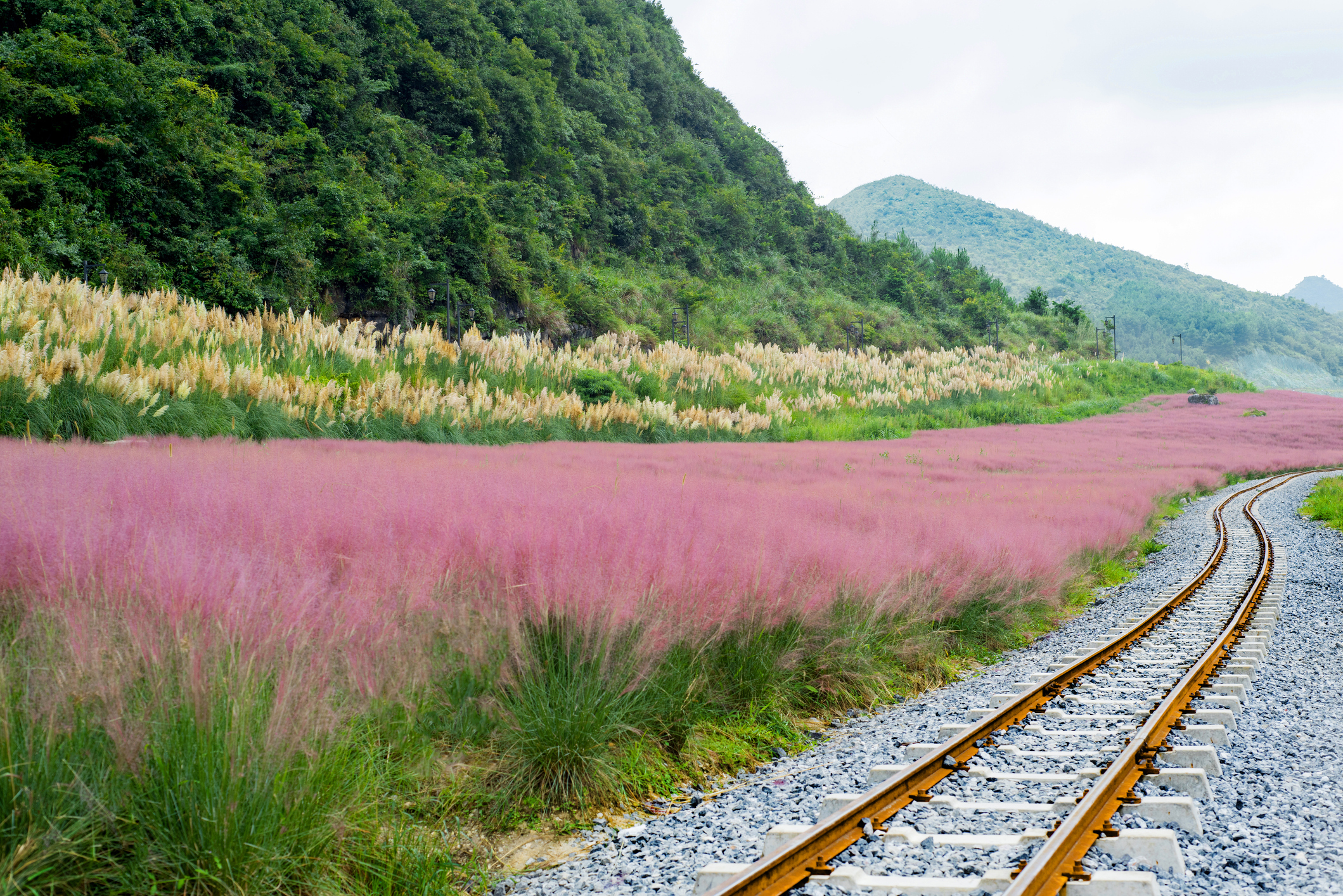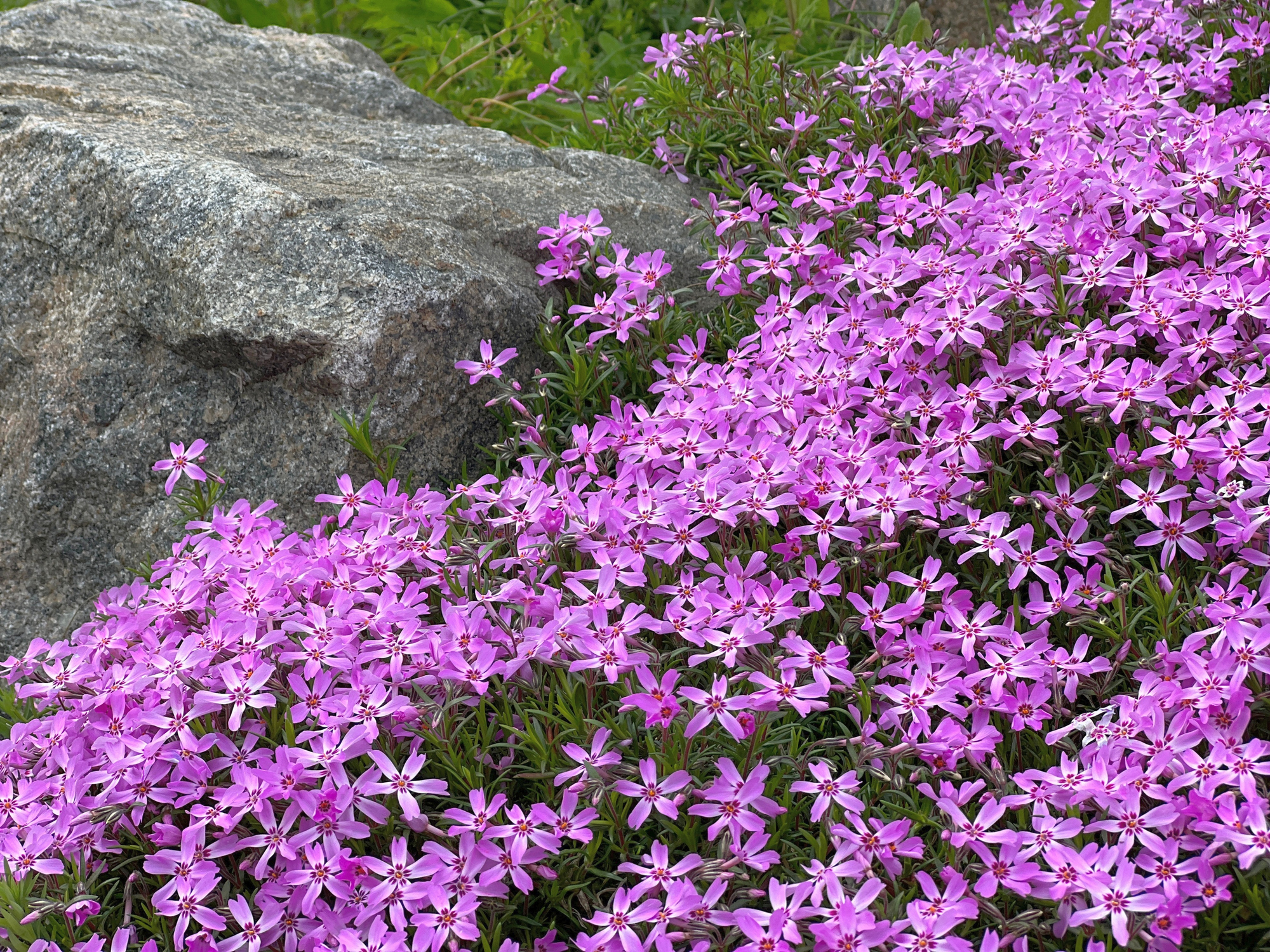26th Jun 2025
5 Heat Tolerant Plants to Survive Summer
Gardening in the South and other sunbelt states is no joke, not when the temperature creeps past 90°F, and the rain gods stop paying attention. Drought conditions like this can send many plants into a sad wilt-and-wither cycle where your garden looks about as lively as dust. But what about those blooms that laugh in the face of hot, dry weather? What about those plants that not only survive but actually thrive with heat to show off some of their best blooms and foliage?
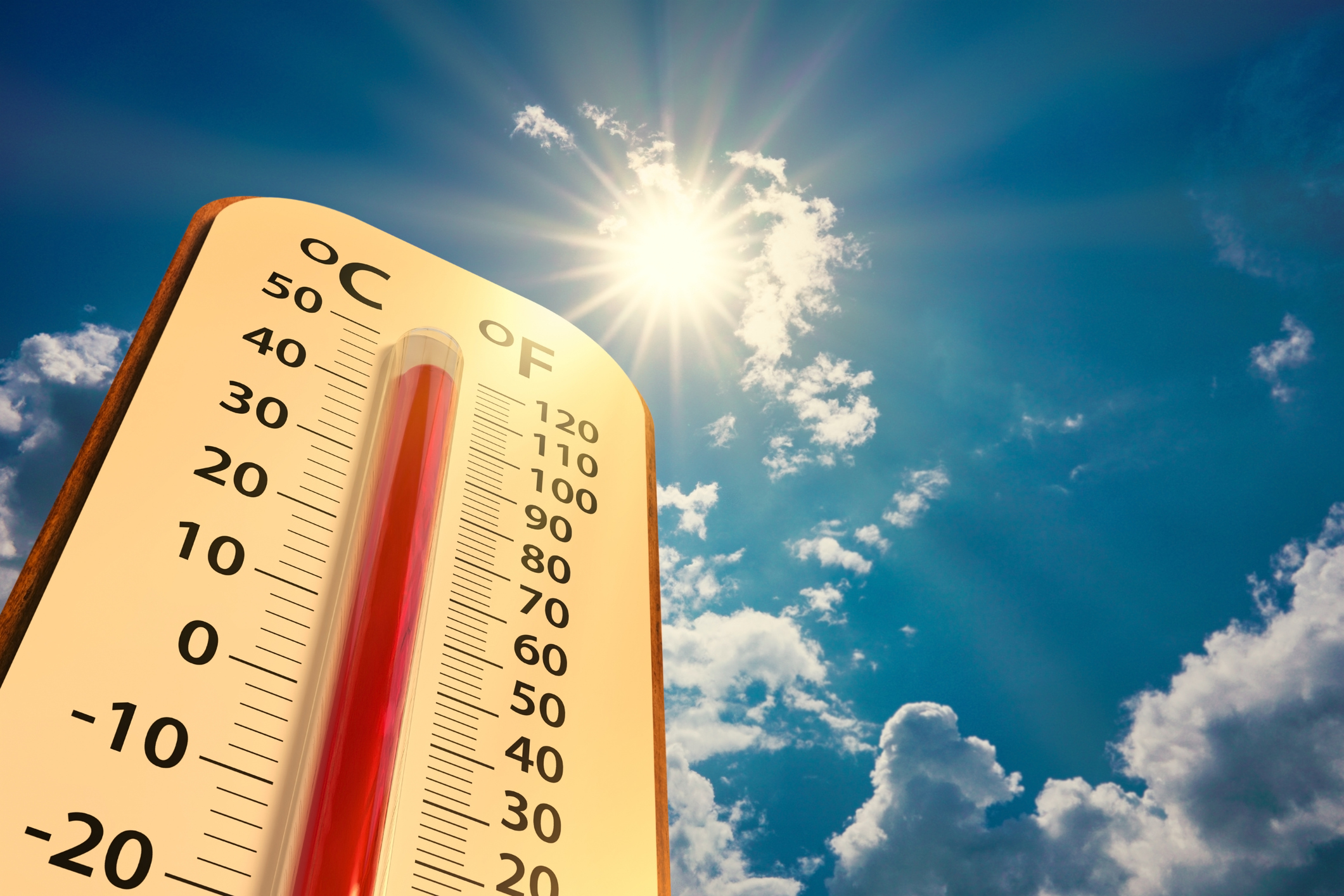
You can keep your garden game strong all summer long, including those “dog days” when you’re both sweating bullets, by planting these tough and drought-tolerant picks. These are five of my favorite heat-tolerant plants that laugh off the worst summer weather and require very little maintenance at that: Sedum, Black-eyed Susan, Pink Muhly Grass, Creeping Phlox, and Coneflower.
1. Sedum (Stonecrop)
Scientific name: Sedum spp.
What makes it heat tolerant:
Sedum is a succulent, which means the plant stores water in its fleshy leaves. This gives it supreme drought tolerance for dry and hot conditions. Sedum grows best in poor soil, full sun, and rocky conditions where other plants can’t establish roots.
Popular varieties to try:
Sedum ‘Autumn Joy’ – Pink blooms that turn copper in late summer
Sedum album – A green, low-growing groundcover
Sedum spurium ‘Dragon’s Blood’ – A bright red spreading variety
Tips for growing Sedum:
Plant sedum in full sun with good drainage. You can tuck it into rock gardens or borders or grow it in containers. Be careful not to overwater, as this is a very drought-tolerant plant that won’t appreciate soggy roots. Sedum is also easy-care and can attract bees and butterflies.
2. Black-Eyed Susan
Scientific name: Rudbeckia hirta
What makes it heat tolerant:
Black-eyed Susan is a native wildflower, and those that grow in the wild are almost always tough and low maintenance. Black-eyed Susan thrives in open, grassy fields and prairies, which means it’s built to handle the summer heat and full sun.
Unique qualities:
Blooms from midsummer to fall
Attracts butterflies and other beneficial insects
Self-seeds and often comes back every year.
Tips for growing Black-eyed Susan:
Grow Black-eyed Susan in full sun with average to dry soil. It is highly drought-tolerant and pest-resistant once established but will benefit from deadheading spent flowers to encourage rebloom. Division will keep it from getting too crowded, but is not necessary.
3. Pink Muhly Grass
Scientific name: Muhlenbergia capillaris
What makes it heat tolerant:
Pink Muhly Grass is a warm-season ornamental grass that is native to the southeastern U.S. The fluffy, pink plumes this plant is known for show up in late summer and last through fall. Pink Muhly Grass is a superb choice for surviving summer due to its tolerance of poor soil, full sun, and heat.
Why it’s great for gardens:
Pink clouds of flowers that dance in the summer breeze
Easy to care for and drought-resistant
Resistant to deer and tolerant of salt
Tips for growing Pink Muhly Grass:
Pink Muhly Grass should be planted in full sun and sandy or loamy soil. Fertilizer is not necessary, and it will grow with very little water once established. It is best to leave the foliage standing through winter months for winter interest, then cut back in the spring to encourage new growth.
4. Creeping Phlox
Scientific name: Phlox subulata
What makes it heat tolerant:
Creeping Phlox is a spring-blooming plant, but the good news is that it stays green all summer long. This hardy, ground-covering native of the eastern U.S. will form a mat of narrow, needle-like foliage that covers slopes, rock gardens, and walkways.
Benefits of growing Creeping Phlox:
Cover bare ground and choke out weeds.
Very drought tolerant once established
Excellent erosion control on banks and slopes
Tips for growing Creeping Phlox:
Plant in full sun to partial shade with well-draining soil. It actually does better in dry conditions than wet ones and will often survive extreme heat in summer. Shear back after spring bloom is over for a tidier appearance. It can also rebloom a little in cooler fall weather.
5. Coneflower (Echinacea)
Scientific name: Echinacea purpurea
What makes it heat tolerant:
Native to North American prairies, coneflowers are some of the toughest perennials you can grow. The daisy-like blooms and upright habit of this plant make it a natural pollinator plant, in addition to being heat and drought-tolerant.
What gardeners love about coneflowers:
Available in purple, pink, white, orange, and even green
Blooms for a long period of time, from early summer to fall
Enjoyed by bees, butterflies, and birds (the seed heads)
Tips for growing Coneflower:
Plant in full sun and well-drained soil. Coneflowers are very easy-care plants and should not be fertilized. Deadhead if you don’t want it to reseed, but the seed heads are a great winter food for birds. These plants reseed and spread fairly easily.
5 Tips for Summer Gardening Success
Heat-tolerant plants or not, these tips and tricks will help any plant survive and shine during the dog days of summer:
1. Mulch, Mulch, Mulch:
A 2–3 inch layer of mulch around your plants will help keep moisture in the soil, keep the soil cool, and prevent weeds. Try an organic mulch like pine bark, shredded leaves, or straw.
2. Water Smart:
Even drought-tolerant plants need water while they are getting established. In their first year, give your new plants a deep watering once or twice a week. After that, most plants in this list should be able to rely on rain, especially Sedum and Muhly Grass.
3. Plant in the Right Spot:
Full sun is a must for most heat-tolerant plants, which means at least 6–8 hours of direct sun per day. Also, make sure the plants are in a spot where they will not get crowded out or flooded out.
4. Skip the Fertilizer:
Too much fertilizer can actually weaken plants and leave them more susceptible to drought and disease. These hardy plants will often do just fine in lean, unamended soil.
5. Go Native:
Native plants, such as Black-eyed Susan and Coneflower, are adapted to the climate, pests, and water conditions of much of the U.S. Native plants are also beneficial for your local pollinators and wildlife.
Final Thoughts
Don’t resign yourself to brown lawns and wilted plants just because you live in a hot, sunny climate. Summer and drought conditions are no excuse for giving up on a nice, colorful garden. By planting tough and drought-tolerant plants like Sedum, Black-eyed Susan, Pink Muhly Grass, Creeping Phlox, and Coneflower, you can keep your garden looking good and alive even in the hottest parts of the year.
Whether you are planting a new bed, refreshing an old one, or designing a drought-tolerant landscape, these five plants will give you options. With their bold flowers and low-maintenance needs, these perennials and groundcovers won’t let you down. Don’t forget that they are also great for pollinators and wildlife, so you’re helping more than just your own garden with these plant picks.

